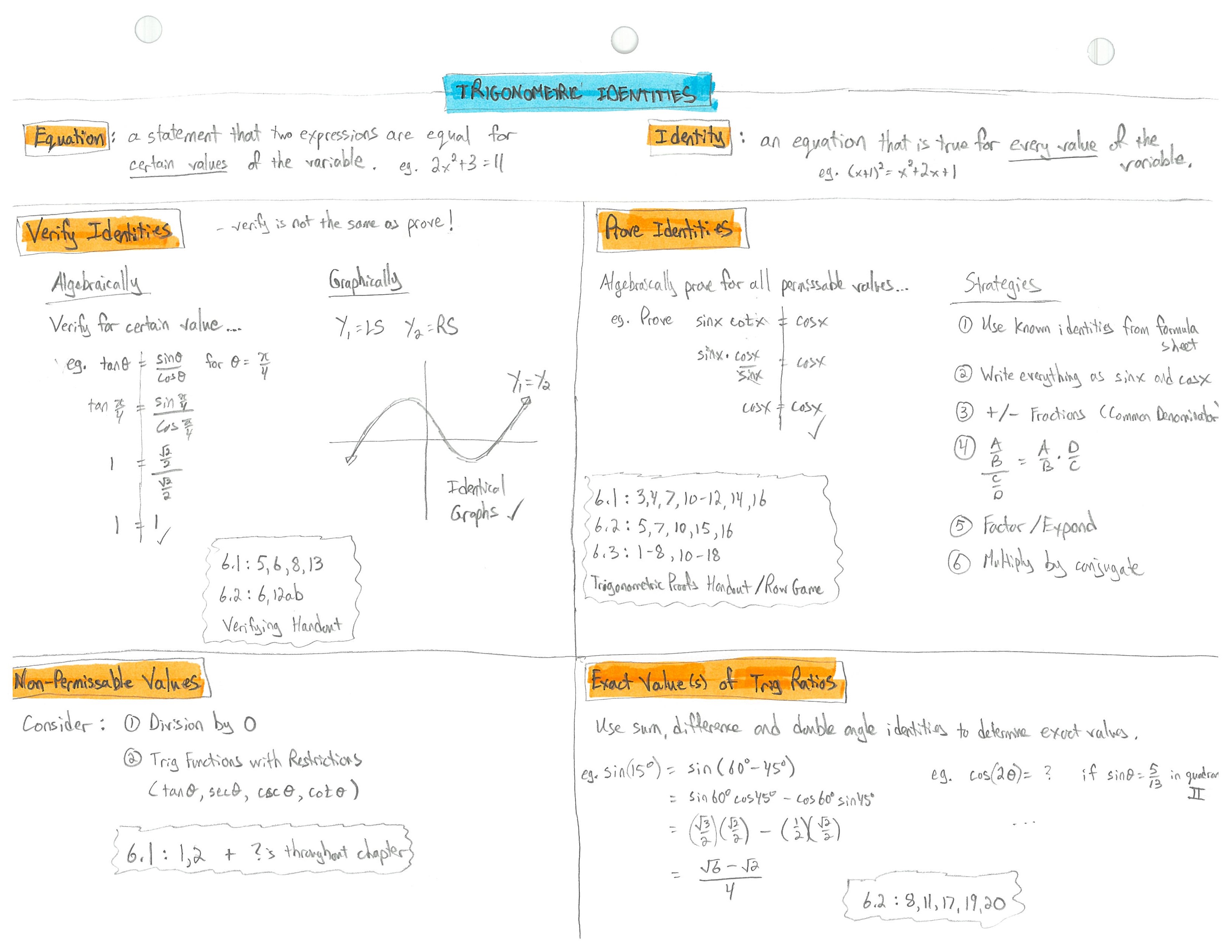
Precalculus Pdf Text
Pre-Calculus Textbook- Blitzer PreCalculus 4e
Chapter P
Algebra and Trigonometry book. Precalculus students are different from algebra and trigonometry students, and this text reflects those differences. The textbook covers all standard area and ideas for a Precalculus course. It also provides some advanced contents that are linked to Calculus. A review of basic algebra contents at the beginning of the text could have added good flavor to the.
Section P.1
Section P.2
Section P.3
Section P.4
Section P.5
Section P.6
Section P.6
Section P.7
Section P.8
Section P.9
Section P Review
Chapter 1
Section 1.1
Section 1.2
Section 1.3
Section 1.4
Section 1.5
Mid-Chapter CheckPoint
Section 1.6
Section 1.7
Section 1.8
Section 1.9
Section 1.10
Chapter Review
Chapter 2
Section 2.1
Section 2.2
Section 2.3
Section 2.4
Section 2.5
Mid-Chapter Checkpoint
Section 2.6
Section 2.7
Section 2.8
Chapter Review
Chapter 3
Section 3.1
Section 3.2
Section 3.3
Mid-Chapter Checkpoint
Seciton 3.4
Section 3.5
Chapter Review
Chapter 4
The warriors psp iso. “Dynasty Warriors 7” is the next version of the frantic hack-and-slash game series set in an extremely chaotic period of the Three Kingdoms in Chinese history, “Dynasty Warriors”. Developed by cult game KOEI and released on many different platforms.
Section 4.1
Section 4.2
Section 4.3
Section 4.4
Mid-Chapter Checkpoint
Section 4.5
Section 4.6
Section 4.7
Section 4.8
Chapter Review
Chapter 5
Section 5.1
Section 5.2
Section 5.3
Mid-Chapter Checkpoint
Section 5.4
Section 5.5
Chapter Review
Chapter 6
Section 6.1
Section 6.2
Section 6.3
Section 6.4
Mid-Chapter Checkpoint
Chapter 7
Section 7.1
Section 7.2
Section 7.3
Section 7.4
Section 7.5
Chapter 10
Section 10.1
Section 10.2
Section 10.3
Mid-Chapter Checkpoint
Chapter Review
Chapter 11
Section 11.1
Section 11.2
In mathematics education, precalculus is a course, or a set of courses, that includes algebra and trigonometry at a level which is designed to prepare students for the study of calculus. Schools often distinguish between algebra and trigonometry as two separate parts of the coursework.[1]
Concept[edit]
For students to succeed at finding the derivatives and antiderivatives of calculus, they will need facility with algebraic expressions, particularly in modification and transformation of such expressions. Leonhard Euler wrote the first precalculus book in 1748 called Introduction to the Analysis of the Infinite, which 'was meant as a survey of concepts and methods in analysis and analytic geometry preliminary to the study of differential and integral calculus.'[2] He began with the fundamental concepts of variables and functions. His innovation is noted for its use of exponentiation to introduce the transcendental functions. The general logarithm, to an arbitrary positive base, Euler presents as the inverse of an exponential function.
Then the natural logarithm is obtained by taking as base 'the number for which the hyperbolic logarithm is one', sometimes called Euler's number, and written e. This appropriation of the significant number from Gregoire de Saint-Vincent’s calculus suffices to establish the natural logarithm. This part of precalculus prepares the student for integration of the monomial xp in the instance of p = −1.
Today's precalculus text computes e as the limit of (1 + 1/n)n as n approaches infinity. An exposition on compounded interest in financial mathematics may motivate this limit. Another difference in the modern text is avoidance of complex numbers, except as they may arise as roots of a quadratic equation with a negative discriminant, or in Euler's formula as application of trigonometry. Euler used not only complex numbers but also infinite series in his precalculus. Today's course may cover arithmetic and geometric sequences and series, but not the application by Saint-Vincent to gain his hyperbolic logarithm, which Euler used to finesse his precalculus.
Variable content[edit]
Precalculus prepares students for calculus somewhat differently from the way that pre-algebra prepares students for algebra. While pre-algebra often has extensive coverage of basic algebraic concepts, precalculus courses might see only small amounts of calculus concepts, if at all, and often involves covering algebraic topics that might not have been given attention in earlier algebra courses. Some precalculus courses might differ with others in terms of content. For example, an honors-level course might spend more time on conic sections, Euclidean vectors, and other topics needed for calculus, used in fields such as medicine or engineering. A college preparatory/regular class might focus on topics used in business-related careers, such as matrices, or power functions.
A standard course considers functions, function composition, and inverse functions, often in connection with sets and real numbers. In particular, polynomials and rational functions are developed. Algebraic skills are exercised with trigonometric functions and trigonometric identities. The binomial theorem, polar coordinates, parametric equations, and the limits of sequences and series are other common topics of precalculus. Sometimes the mathematical induction method of proof for propositions dependent upon a natural number may be demonstrated, but generally coursework involves exercises rather than theory.
Sample texts[edit]
- Roland E. Larson & Robert P. Hostetler (1989) Precalculus, second edition, D.C. Heath and CompanyISBN0-669-16277-9
- Margaret L. Lial & Charles D. Miller (1988) Precalculus, Scott ForesmanISBN0-673-15872-1
- Jerome E. Kaufmann (1988) Precalculus, PWS-Kent Publishing Company (Wadsworth)
- Karl J. Smith (1990) Precalculus Mathematics: a functional approach, fourth edition, Brooks/ColeISBN0-534-11922-0
- Michael Sullivan (1993) Precalculus, third edition, Dellen imprint of Macmillan PublishersISBN0-02-418421-7
Online access[edit]
- Jay Abramson and others (2014) Precalculus from OpenStax
- David Lippman & Melonie Rasmussen (2017) Precalculus: an investigation of functions
- Carl Stitz & Jeff Zeager (2013) Precalculus (pdf)
References[edit]
- ^Cangelosi, J. S. . Teaching mathematics in secondary and middle school, an interactive approach. Prentice Hall, 2012. print.
- ^H. J. M. Bos (1980) 'Newton, Leibnitz and the Leibnizian tradition', chapter 2, pages 49–93, quote page 76, in From the Calculus to Set Theory, 1630 – 1910: An Introductory History, edited by Ivor Grattan-Guinness, DuckworthISBN0-7156-1295-6
External links[edit]
| Look up precalculus in Wiktionary, the free dictionary. |